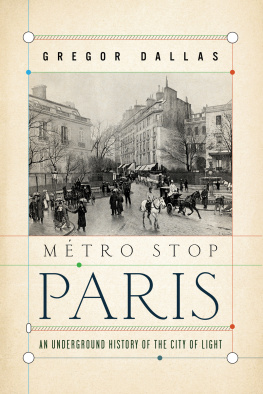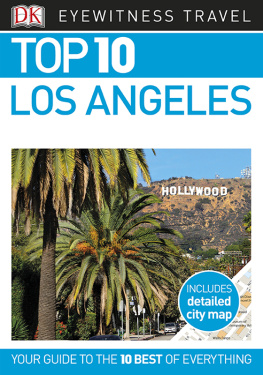Shady Grove
KENTLANDS MANSION
320 Kent Square Road
Approximate distance to Metro: 6 miles
This historic Gaithersburg, Maryland mansion is a popular venue for weddings, bar or bat mitzvahs and other special private events. It is also an art gallery and a notable landmark in the area, dating all the way back to 1901, when it was constructed by D.C.-born wholesale pharmaceutical distributor Frederick Tschiffely. Inside, there are twenty-two-foot-high ceilings, hardwood flooring and myriad crystal chandeliers.
Designed in the Georgian Revival style, this two-and-a-half-story manor didnt receive its current moniker until wealthy tax attorney and conservationist Otis Beall Kent purchased the property and renamed it in 1942. The mansion also goes by the name of the Tschiffely-Kent property as a reference to these past two owners. The City of Gaithersburg eventually purchased the mansion in the 1960s and currently operates it.
Kent is also responsible for the nearby circa 1959built Kentlands firehouse, a structure that harks back to the days when the area was mostly farmland. The firehouse has undergone myriad changes over the decades due to its conversion into a single-family home around the year 2013. During the approximately $800,000 conversion, cinder-block walls inside were demolished to make space for an open floor plan with a dining area and kitchen. This private residence is located at 321 Firehouse Lane.
GAITHERSBURG COMMUNITY MUSEUM
9 South Summit Avenue
Approximate distance to Metro: 2.5 miles
Located in a restored Baltimore & Ohio (B&O) Railroad Station complex, this property still includes a 1950s-era caboose and a 1910s-era steam locomotive. Along with exhibiting railroad artifacts and equipment, the Gaithersburg Community Museum focuses on the citys history as well.
The property was designed by B&O Railroads appointed architect Ephraim Francis Baldwin in 1884 and later placed in the National Register of Historic Places in 1978. The building reopened as a museum in 1988 thanks to the City of Gaithersburg.
THE MOOSEUM AT KING FARM BARN
18028 Central Park Circle
Approximate distance to Metro: 10.5 miles
At one point, the majority of Montgomery County, Maryland, was farmland. In order to preserve and celebrate this history, the Mooseum serves as a dairy heritage museum with interactive exhibits and events. The museum is located in a restored dairy barn formerly owned by James and Macie King, who owned 350 acres of farmland between Germantown and Boyds, Maryland, in the early twentieth century.
This Boyds, Maryland museum is only open seasonally.
WASHINGTON GROVE/EMORY GROVE
Montgomery County, Maryland
Approximate distance to Metro: 2.5 miles
Montgomery County, Maryland, was once the site of two popular Methodist summer camps, dating back to the 1860s and 1870s. Due to the areas proximity to Washington, D.C., the Washington Grove and Emory Grove communities became popular summer retreats, especially due to the B&O Railroad Metropolitan Line train station that opened in 1873.
When Washington Grove was chosen for a Methodist camp meeting in 1874, it was praised for its elevation and lush forests. Eventually, the community constructed a tabernacle with a belfry for meetings, while campgoers swapped from tents to smaller cottages. These cottages were designed in the Gothic Revival style with steep roofs, pointed windows and finials. As the Washington Grove camp meetings grew, so, too, did these cottages, with large-scale houses on more spacious lots being constructed in the 1880s.
Eventually, the 500-person tabernacle met capacity. Circa 1901, an assembly hall was constructed, today known as McCathran Hall, named in honor of retiring Montgomery Grove mayor Roy McCathran. As the community expanded, an auditorium with a capacity of 1,400 was constructed in 1905 and eventually razed in 1963. The tabernacle also was eventually demolished.
It wasnt until the 1910s that Washington Grove finally had an established year-round community. Approximately ten years later, Methodist summer camp meetings met their end. The Town of Washington Grove was finally incorporated in 1937 before becoming listed in the National Register of Historic Places in 1979.
Predating Washington Grove is the nearby Emory Grove community. It was founded in 1868 by newly freed African American slaves who hoped to also host their own Methodist summer camps. The town is named after Methodist bishop, lawyer and publisher John Emory. It now consists of forty-seven privately owned cottages, an 1880s-era tabernacle that was used as a farmers market and a former hotel that dates back to 1887 and is now used for receptions. There is also a temple, built in 1909, that once held childrens church school classes but is now a recreation area.
Methodist summer camps in Emory Grove ended around the same time that those in Washington Grove ceased, in 1967.
















